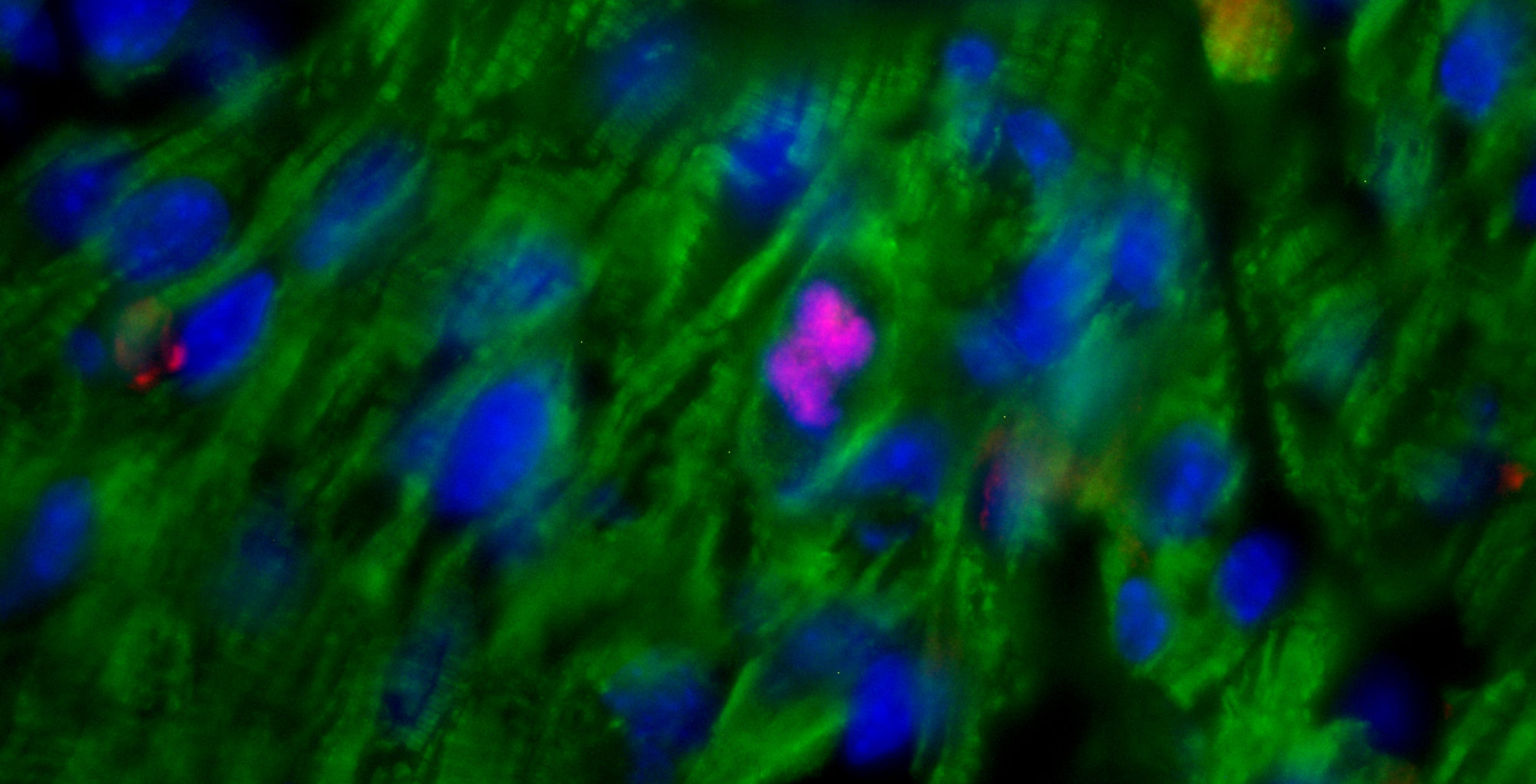The role of corticosterone (Cort), the immune system’s major stress hormone, in the regulation of hematopoietic stem and progenitor cells (HSPCs) and their dynamic bone marrow (BM) microenvironment is currently unknown. We report that corticotropin-releasing factor receptor 1 (CRFR1) mutant mice with chronically low Cort levels showed aberrant HSPC regulation, having higher HSPC numbers and upregulation of the chemokine CXCL12, phenotypes that were restored by Cort supplementation. Expanded stromal progenitors known to support HSPCs were also observed in these low-Cort-containing mice. A similar phenotype was induced in wild-type (WT) mice by Metyrapone, a Cort synthesis inhibitor. Conversely, high Cort exposure induced HSPC apoptosis, reduced long-term BM repopulation and decreased stromal progenitor cell numbers. We documented circadian oscillations of Cort in WT BM but not in CRFR1 mutant mice, leading to diminished circadian BM CXCL12 fluctuations and increased number of circulating HSPCs in these mice. Finally, low Cort induced expansion of stromal progenitors, CXCL12 expression, HSPC proliferation and BM repopulation capacity, involving Notch1 signaling. This was associated with upregulation of the Notch ligand, Jagged1, in BM myeloid cells. Our results suggest that daily physiologic Cort oscillations are critical for balanced HSPC proliferation and function involving Notch1 signaling and their supportive BM microenvironment.
Vai all’articolo originale (in inglese): O Kollet*, Y Vagima*, G D’Uva, K Golan, J Canaani, T Itkin, S Gur-Cohen, A Kalinkovich, G Caglio, C Medaglia, A Ludin, K Lapid, E Shezen, A Neufeld-Cohen, D Varol, A Chen, T Lapidot. Physiologic corticosterone oscillations regulate murine hematopoietic stem/progenitor cell proliferation and CXCL12 expression by bone marrow stromal progenitors. Leukemia, 2013 (* equal contribution)
